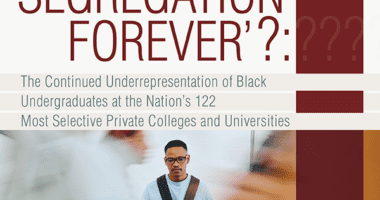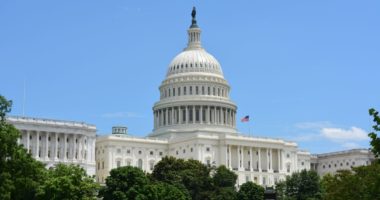Obama’s Higher Ed Summit: A Sign of More to Come?
In the weeks leading up to the State of the Union, we typically see groundwork for what is to come on the big night. The recent focus on higher education has us hopeful, especially considering yesterday’s convening of more than 100 college presidents at the White House. Attendance at the summit required all participating colleges, states, and nonprofit groups to make a new commitment to help low-income students gain access to and succeed in college.
While this effort certainly brings worthy attention to the issue at hand, we ask: How are these institutions being held accountable for the pledges they’ve made and for success in enrolling and graduating low-income students in general?
The pledges cover four key areas that the administration has highlighted as important, but the size of each institution’s commitments varies greatly. Some institutions that are already doing much to promote access and success for low-income students deepened their commitment to making higher education more equitable for all socioeconomic groups, while other institutions still aren’t doing enough.
Let’s look at the good guys: Amherst College and the University of North Carolina, Chapel Hill currently have no-loan financial aid policies for low-income students but have pledged to do more by increasing support services for low-income students in STEM fields. In addition, Amherst has pledged to recruit more Native American students and close the participation gap for low-income students in experiences like study abroad and unpaid internships.
Contrast that to Washington University in St. Louis, which committed to growing its financial aid program to support needy students but remains “need aware” in its admissions policy. Less than 10 percent of its students are Pell Grant recipients, placing it somewhere around the bottom 3 percent of all four-year colleges. The University of Virginia also pledged to reach out to low-income students, but failed to mention it recently and substantially cut grant aid to students from poor families. In fact, U.Va.’s financial aid cut means up to $28,000 in additional college loan debt for a low-income student over the course of his or her time at the university.
What the individual commitments made yesterday show us is that there are many ways to get more low-income students to and through college. Hopefully, the day presented an opportunity for institutions to learn from one another so that innovative, evidence-based approaches will continue to be implemented on a greater scale.
The administration’s recent efforts, including a couple of high-profile Michelle Obama events, have brought attention to the barriers that low-income students face in obtaining a college degree and the responsibility that individual institutions have in removing those barriers.
We’ll see if more is to come in the president’s State of the Union on January 28.









